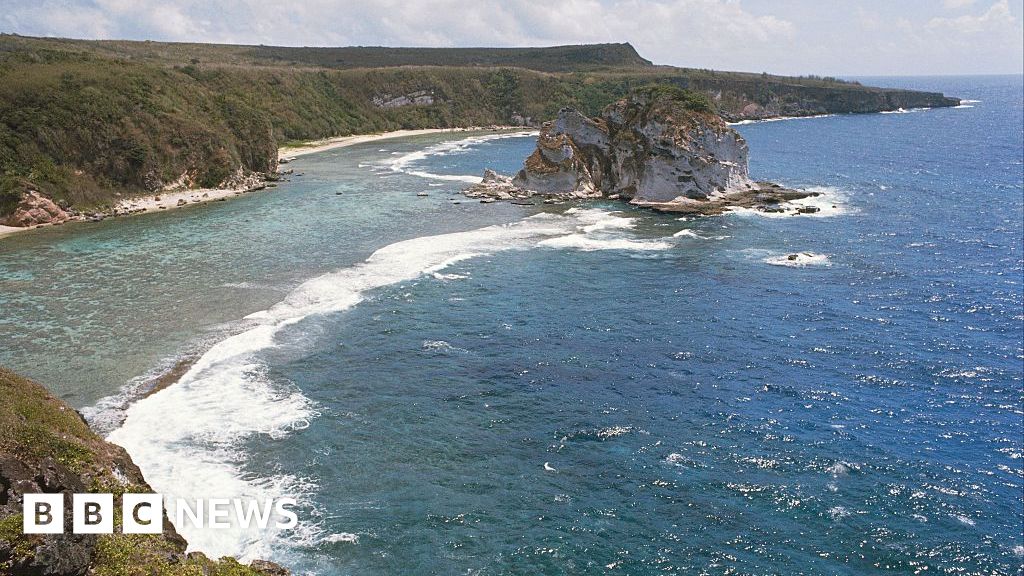When Julian Assange released a trove of leaked documents in 2010, sparking a global uproar over U.S. tactics in foreign conflicts, little did he foresee that the long legal battle ahead would culminate in a remote ocean archipelago. .
The Northern Mariana Islands are a string of dots in the Pacific that until this week were known for their secluded beaches and wartime shipwrecks.
But on Wednesday, it found itself briefly at the center of a geopolitical chessboard where the pawns have been operating in the shadows for years, from Washington, D.C., to London and beyond.
Assange pleaded guilty in court on the U.S. territory’s capital Saipan and then flew back to Australia.
There are nearly 100 district courts in the United States, but the district court in Saipan is the smallest, youngest and farthest from the capital in the country.
The autonomous Commonwealth of America in the Western Pacific was chosen because Assange opposed traveling to the continental United States and was close to his native Australia.
This vast territory is located about 3,000 kilometers (1,800 miles) north of Australia and consists of 14 islands.
Similar to other territories such as Guam or Puerto Rico, the islands are part of the United States but are not officially a country.
That means its roughly 50,000 residents are U.S. citizens but cannot vote in presidential elections.
The Northern Mariana Islands experienced the fierce Battle of Saipan during World War II and were taken over by the United States after the conflict. It was a former Spanish, German and Japanese colony.
But the islands did not officially join the United States until the late 20th century.
In 1975, the islands’ residents voted to join the United States as a territory, and the status was formalized in 1986.
As of 2020, about 60% of the island’s population were U.S. citizens and the remaining 40% were foreign workers, according to the U.S. Government Accountability Office.
Its population is mostly Asian, 35% of which are Filipino. According to the CIA’s World Factbook, the second largest population is of Pacific Islander descent, of which 24% are Chamorro.
Saipan, the most populous city in the archipelago, has golf courses and beaches and is a popular destination for Korean and Chinese tourists.
The influx of Chinese tourists is driven in part by the fact that the Northern Mariana Islands are the only place where Chinese citizens can enter the United States without a visa.
This has been a bone of contention among some U.S. lawmakers, who last year urged authorities to impose visa requirements on Chinese visitors to the islands on national security grounds.

